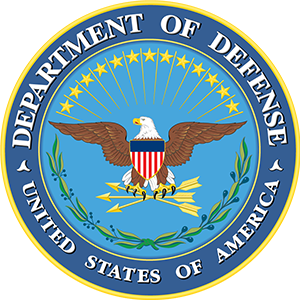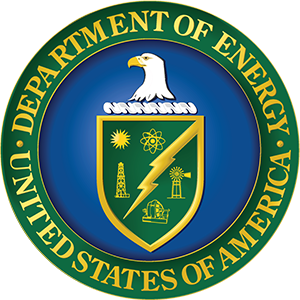Heating, ventilating, and air-conditioning (HVAC systems) account for 39% of the energy used in commercial buildings in the United States. Consequently, almost any business or government agency has the potential to realize significant savings by improving its control of HVAC operations and improving the efficiency of the system it uses.
The use of high-performance HVAC equipment can result in considerable energy, emissions, and cost savings (10%-40%). Whole building design coupled with an "extended comfort zone" can produce much greater savings (40%-70%). Extended comfort includes employing concepts such as providing warmer, but drier air using desiccant dehumidification in summer, or cooler air with warmer windows and warmer walls in winter. In addition, high-performance HVAC can provide increased user thermal comfort, and contribute to improved indoor environmental quality (IEQ).
Learning Objectives
Upon completing this course, you will be able to:
- Understand the fundamentals of energy- and resource-efficient HVAC design;
- Apply design recommendations to an HVAC system to achieve high performance;
- Differentiate between various types of HVAC systems; and
- Determine how to apply HVAC design strategies in humid climates.










